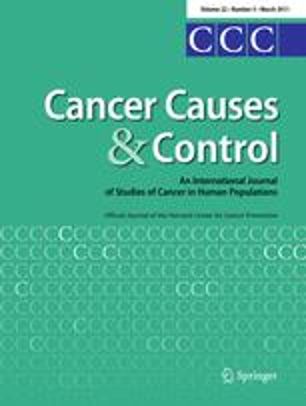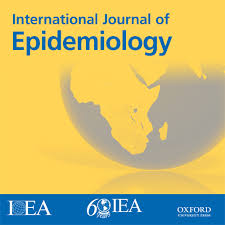Recombination affects accumulation of damaging and disease-associated mutations in human populations.
Recombination affects accumulation of damaging and disease-associated mutations in human populations. Journal: Nature Genetics| Pages: 400-404 |Date: April 2015 | Authors: Julie G Hussin, Alan Hodgkinson, Youssef Idaghdour, Jean-Christophe Grenier, Jean-Philippe Goulet, Elias Gbeha, Elodie Hip-Ki, Philip Awadalla Many decades of theory have demonstrated that, in non-recombining systems, slightly deleterious mutations accumulate non-reversibly, potentially driving the extinction of many asexual species. Non-recombining chromosomes in sexual organisms are thought to have degenerated in a similar fashion; however, it is not clear the extent to which damaging mutations accumulate along chromosomes with highly variable rates of crossing over. Using high-coverage sequencing data from over 1,400 individuals in the 1000 Genomes and CARTaGENE projects, we show that recombination rate modulates the distribution of putatively deleterious variants across the entire human genome. Exons in regions of low recombination are significantly enriched for deleterious and disease-associated variants, a signature varying in strength across worldwide human populations with different demographic histories. Regions with low recombination rates are enriched for highly conserved genes with essential cellular functions and show an excess of mutations with demonstrated effects on health, a phenomenon likely affecting disease susceptibility in humans. http://www.ncbi.nlm.nih.gov/pubmed/25685891 Last Updated on April 20, 2015




